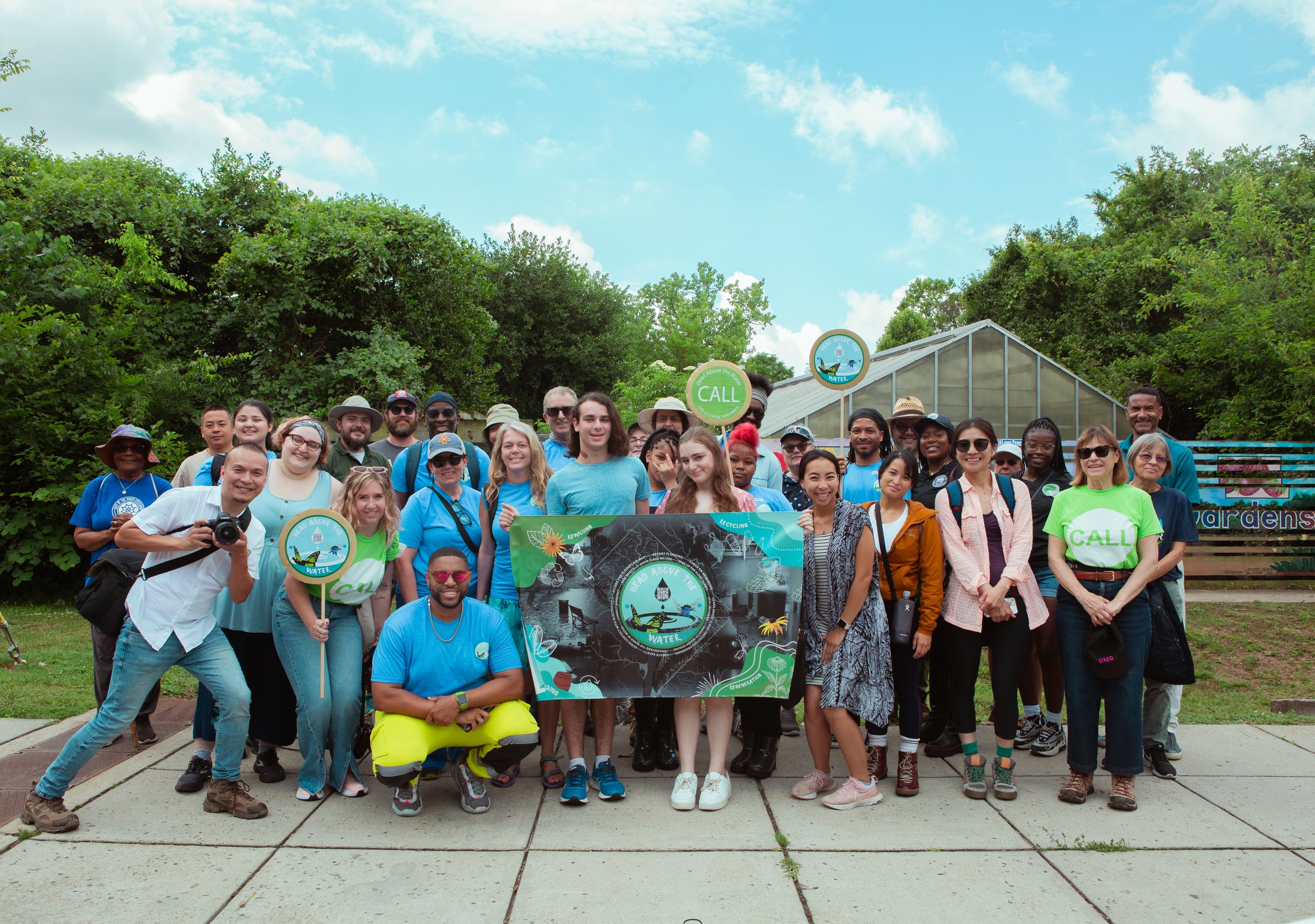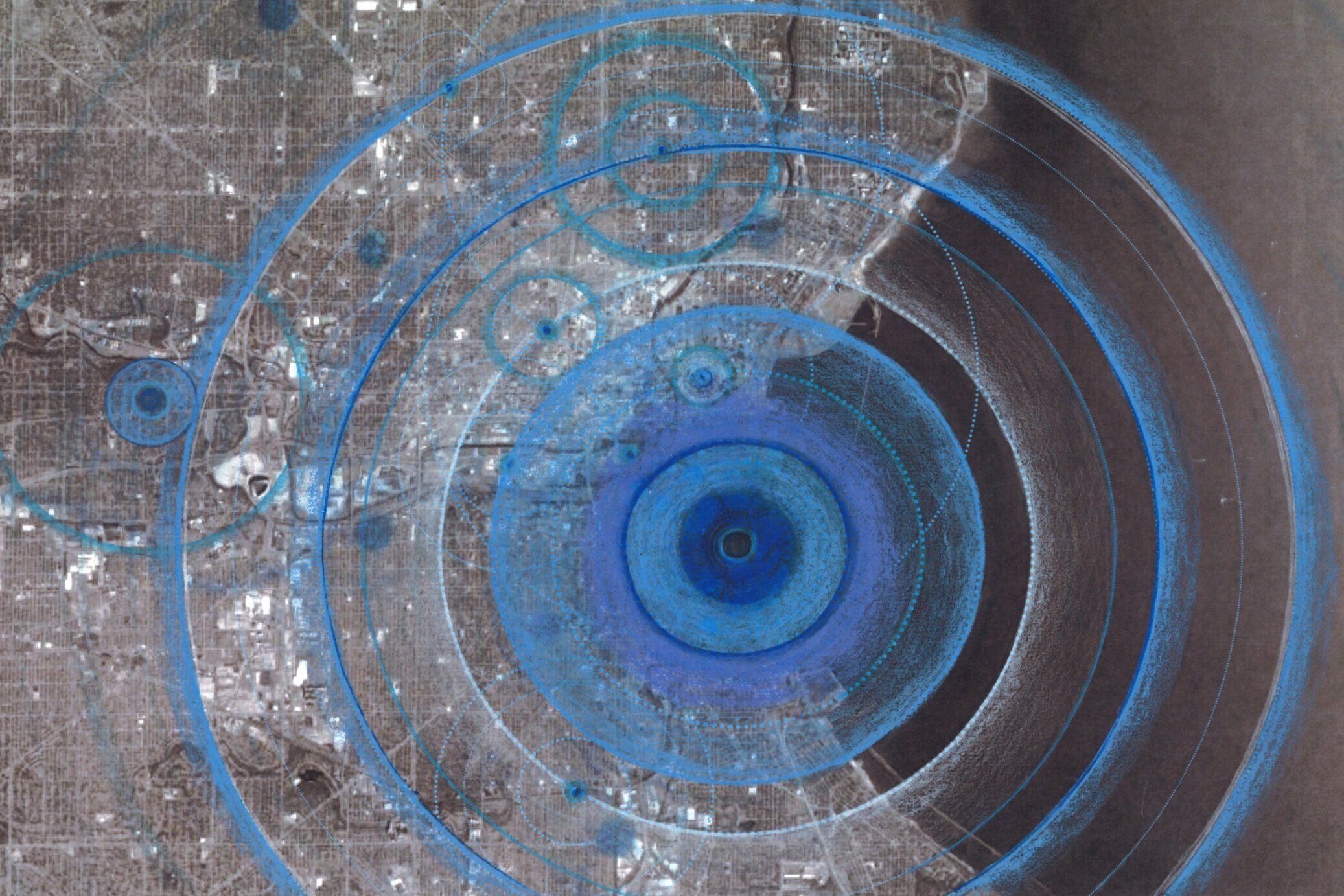Artists + Scientists + Communities for a Sustainable Future
TAP & SCROLL TO LEARN


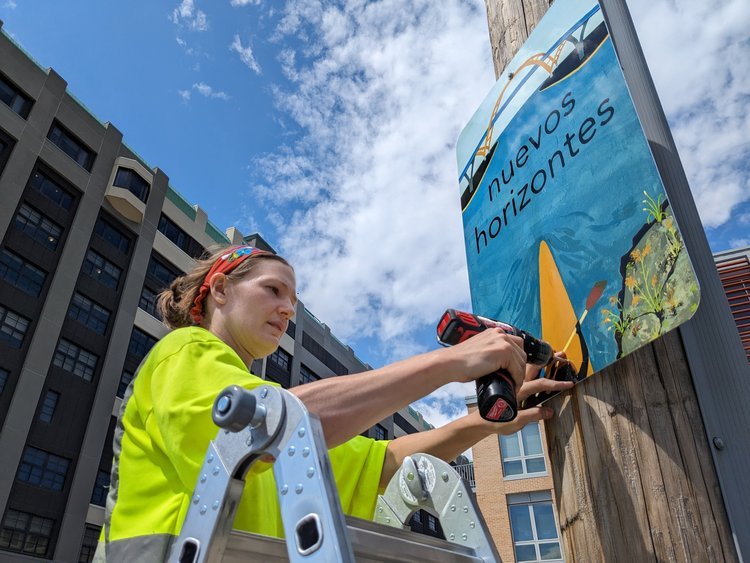

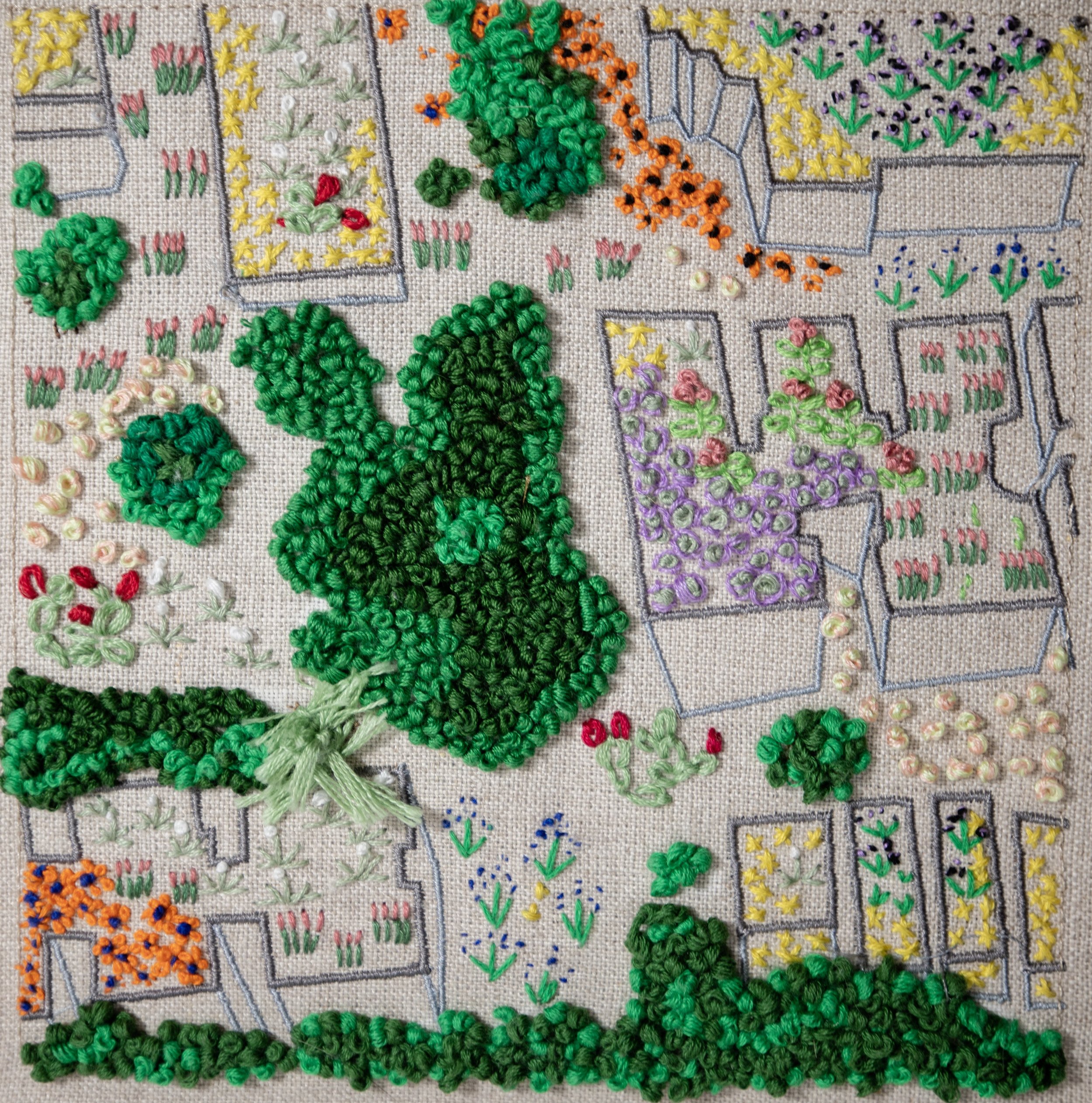
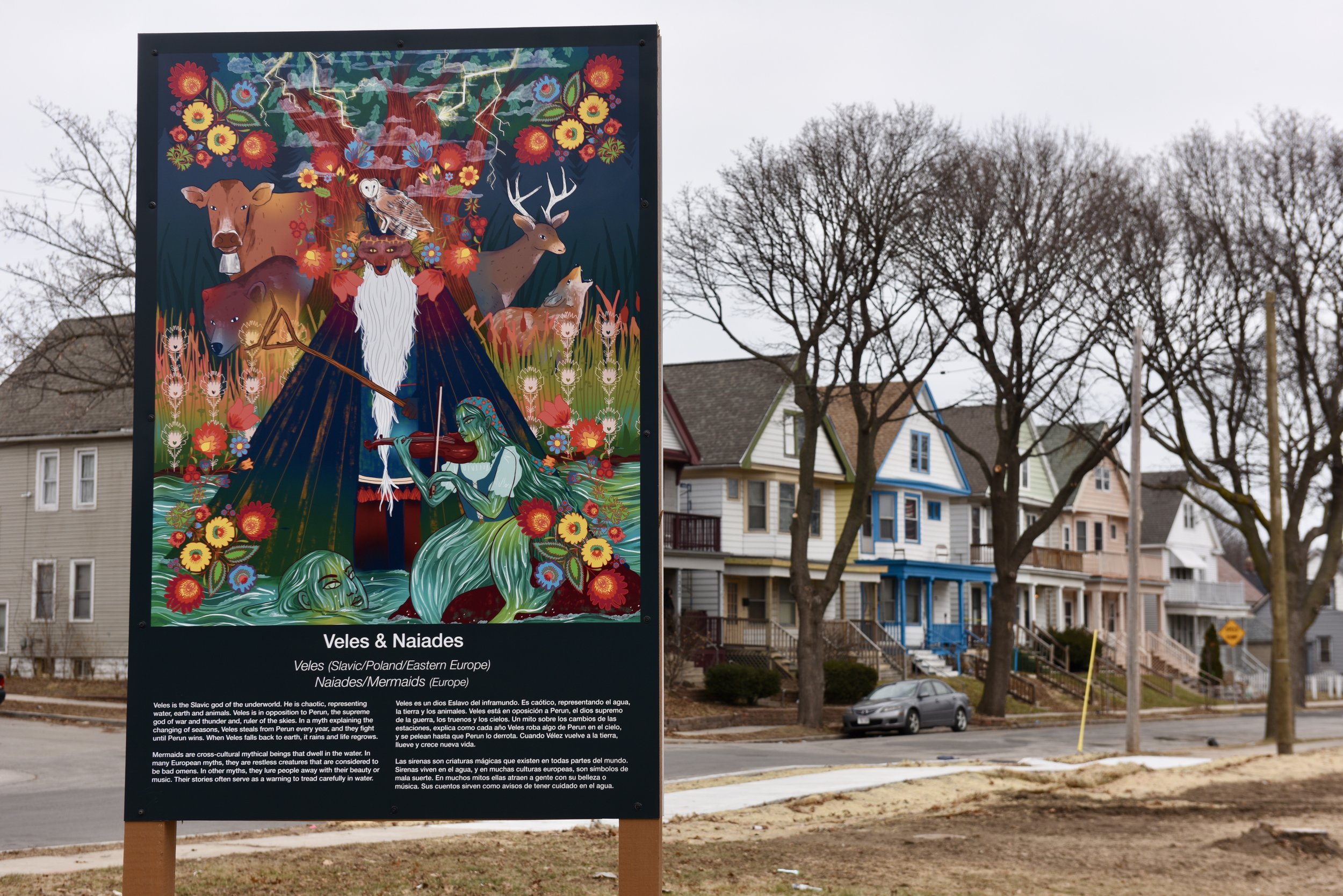
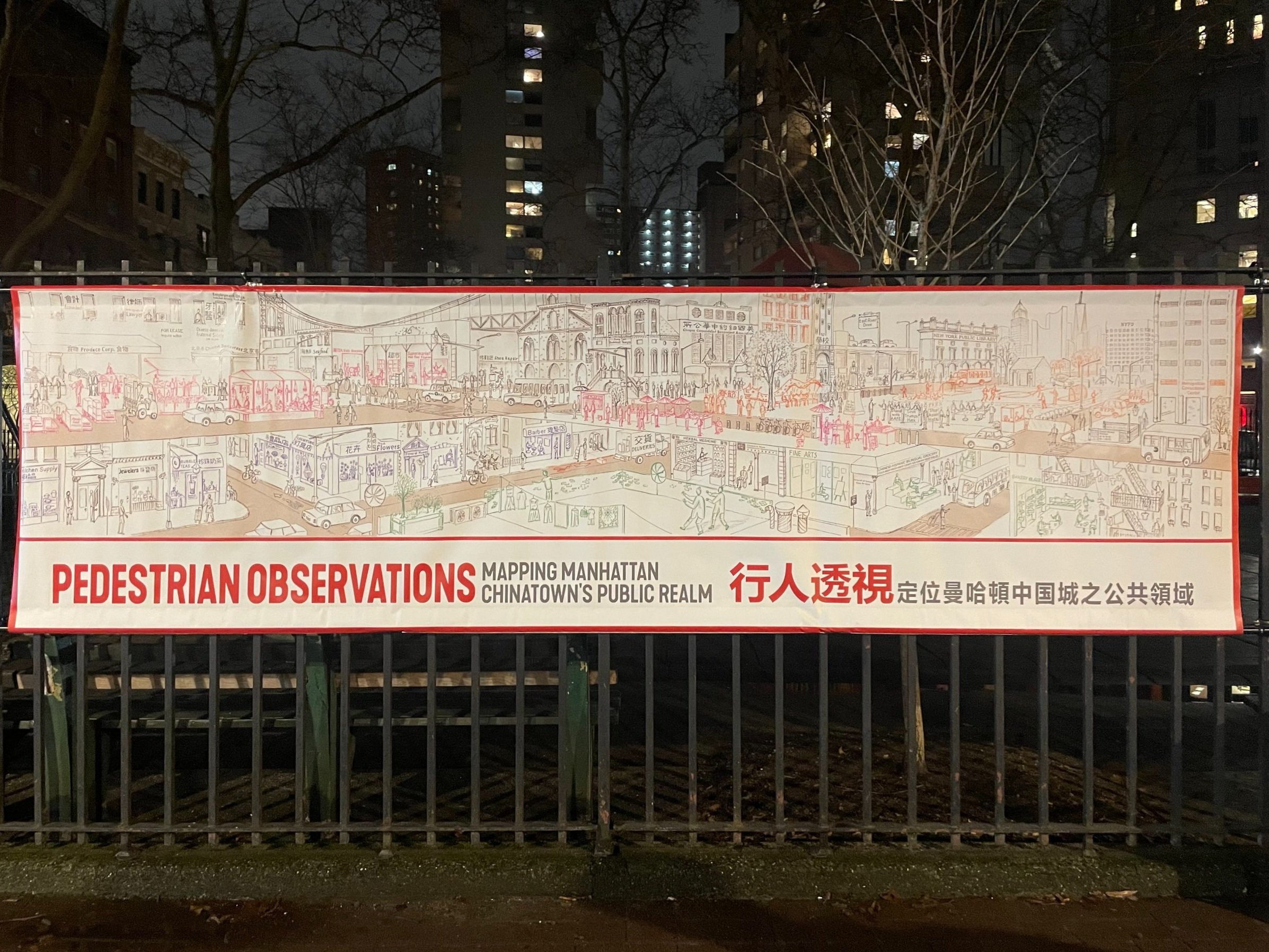
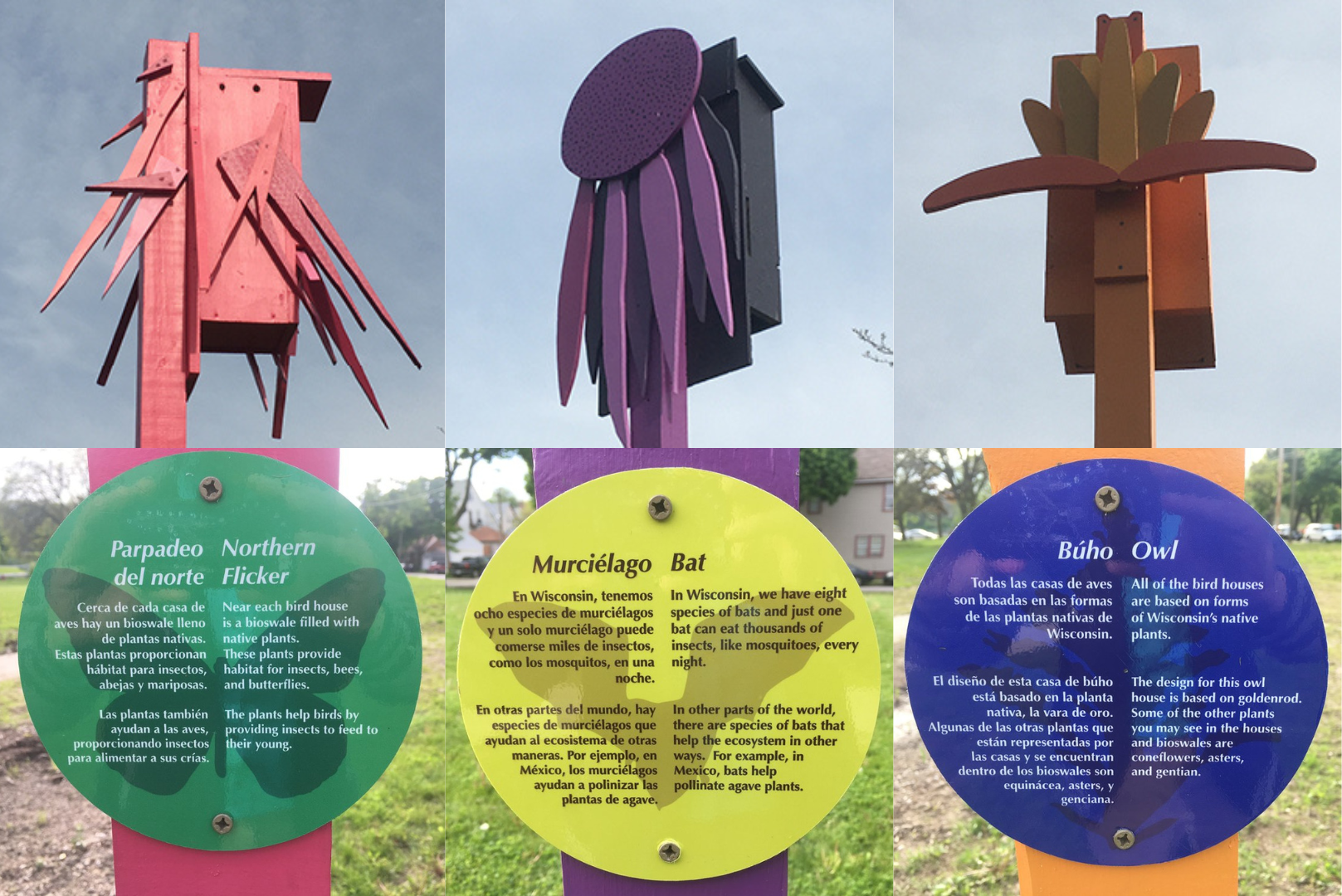
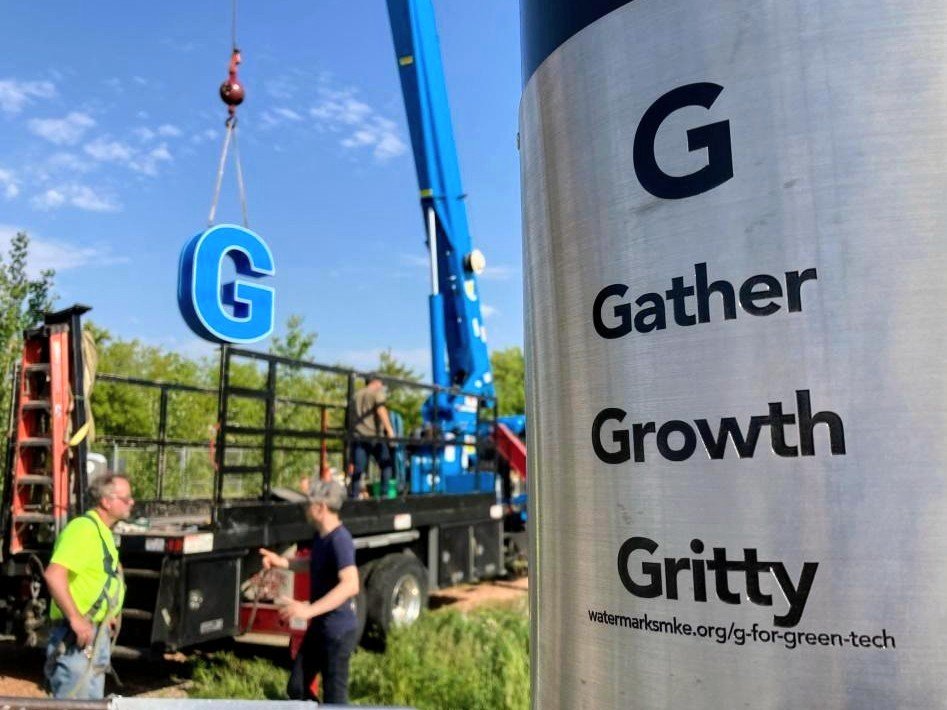
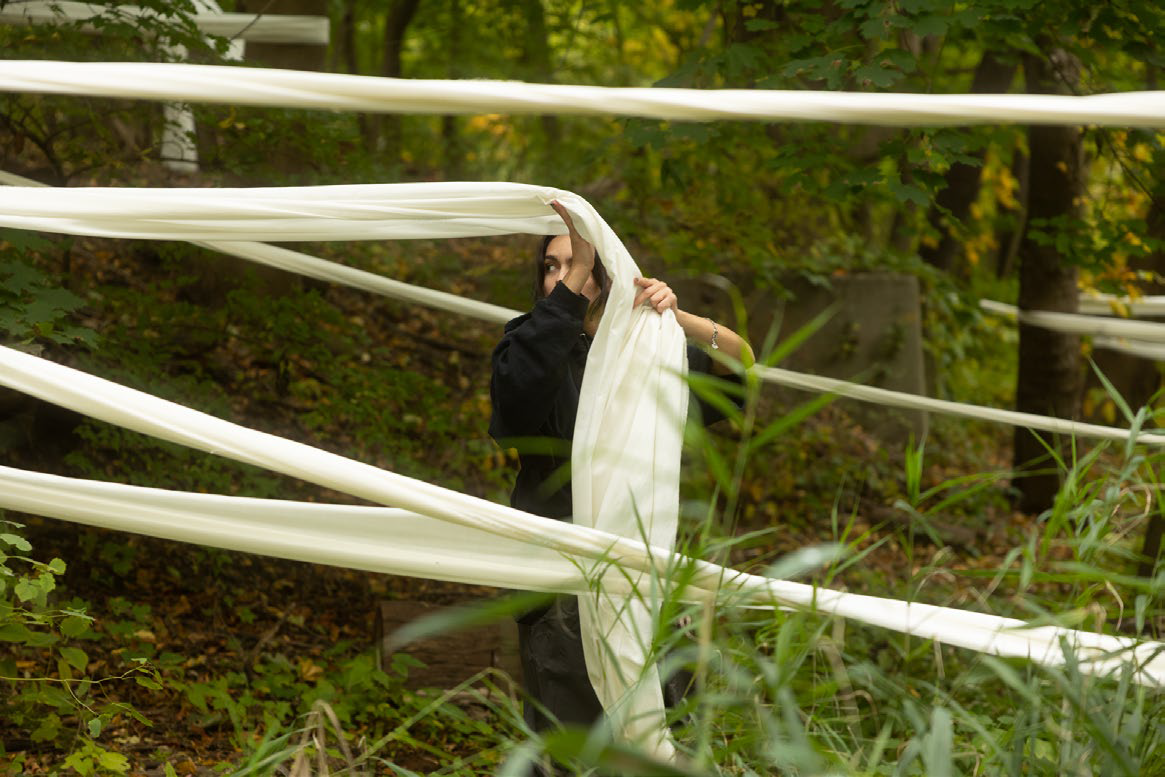

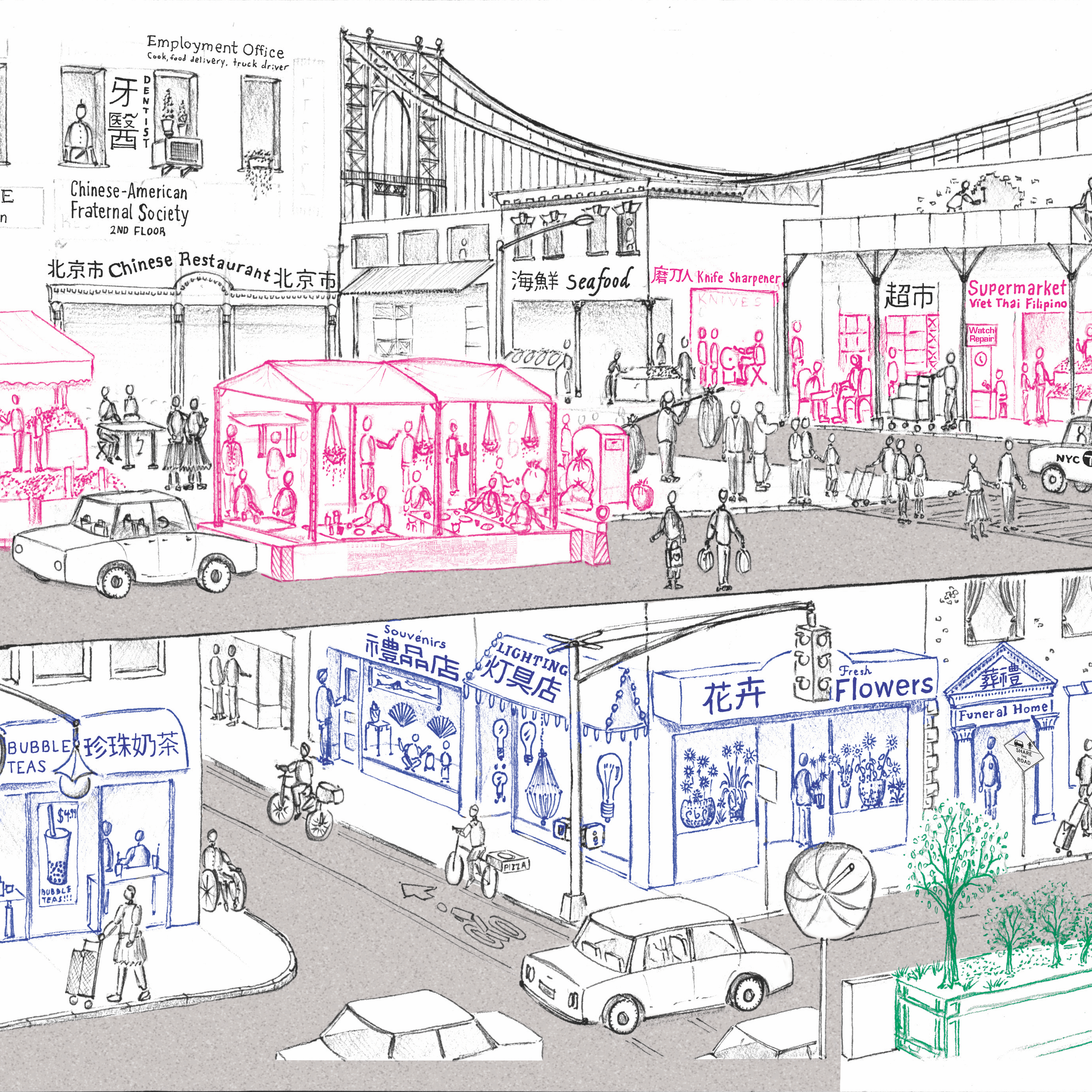
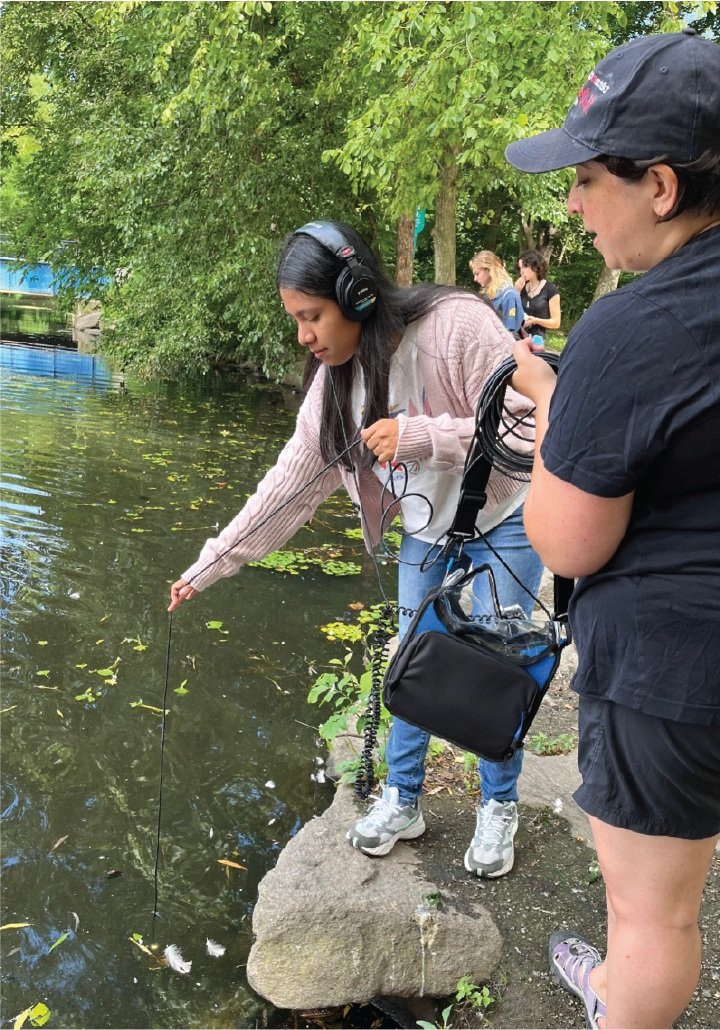
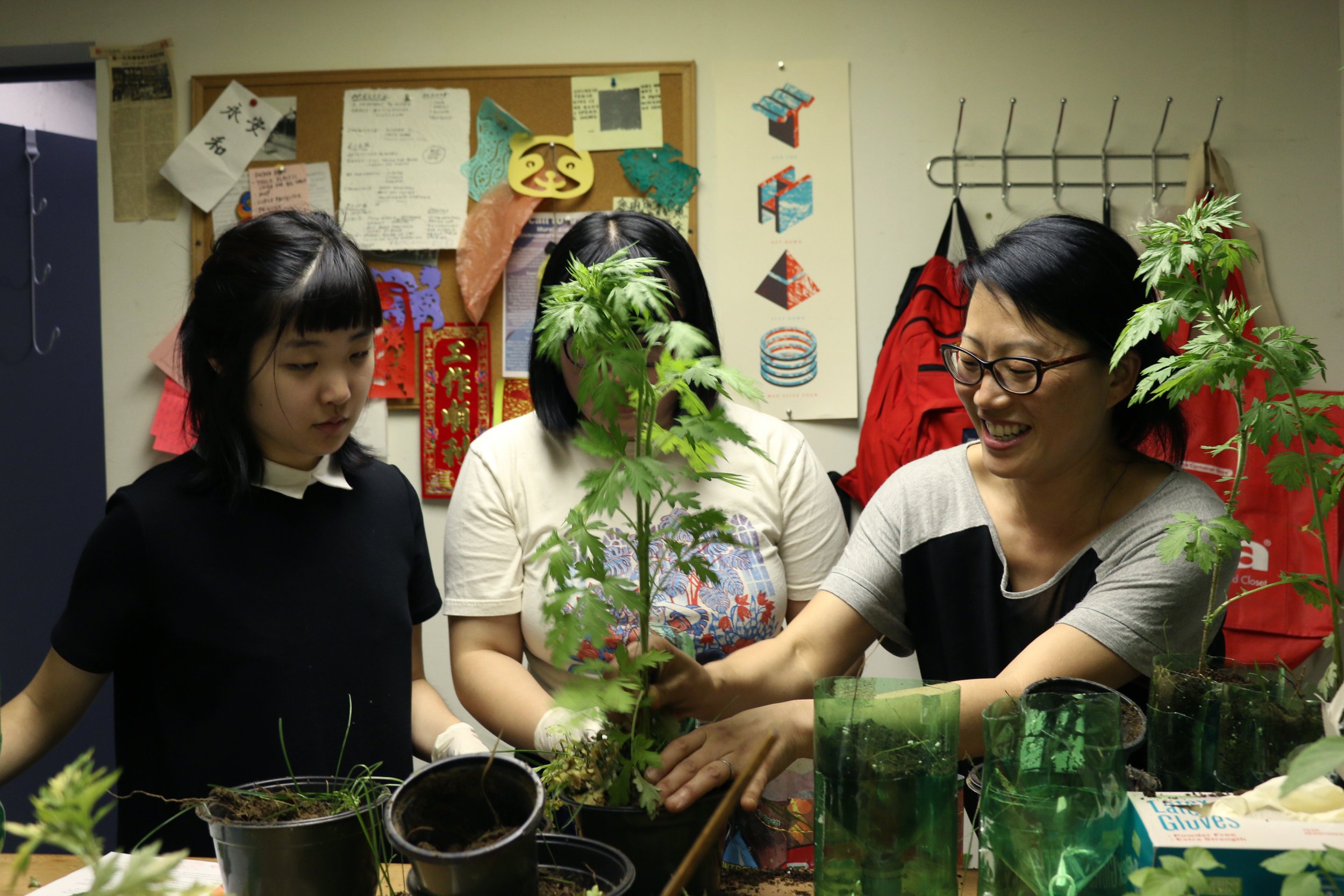

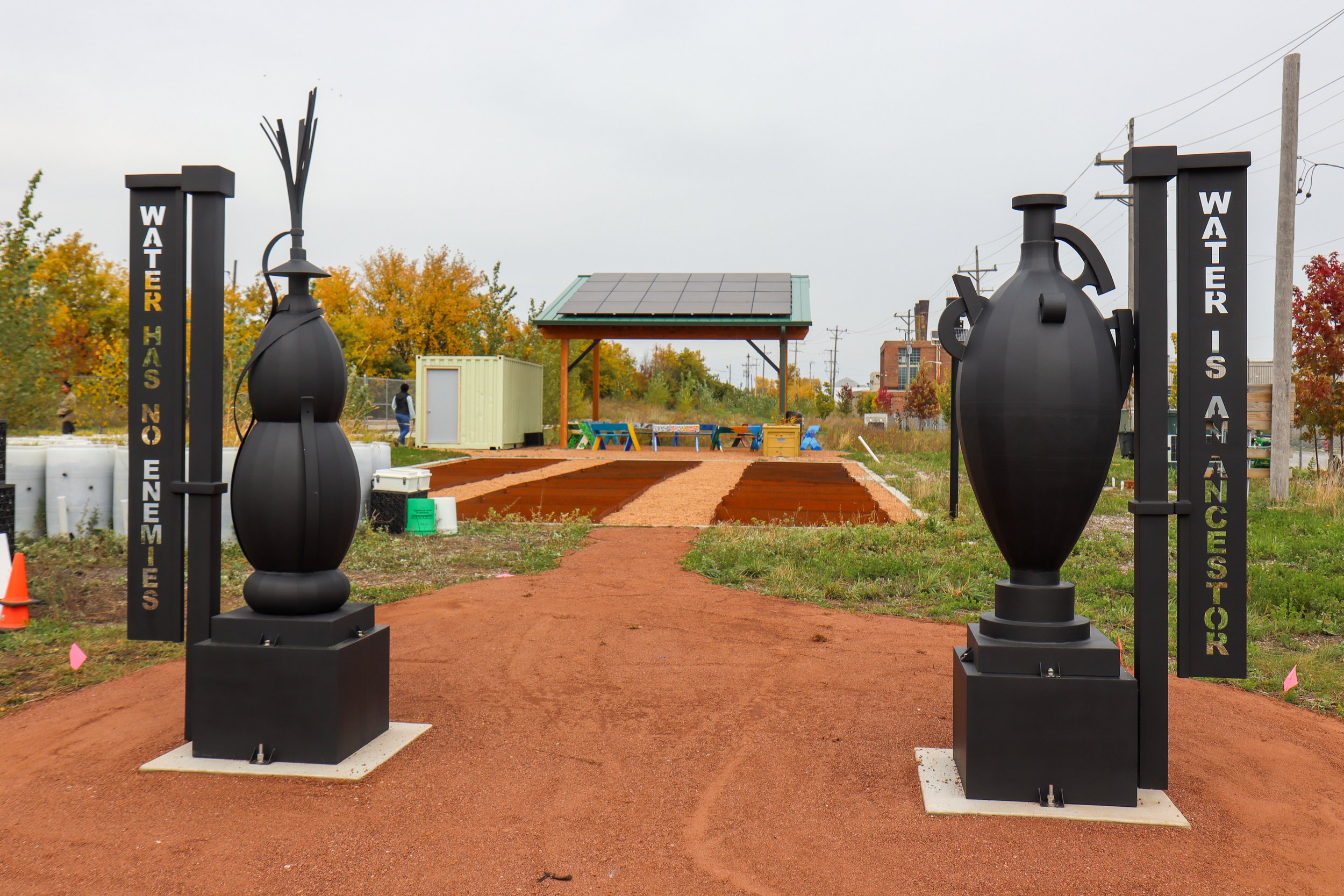
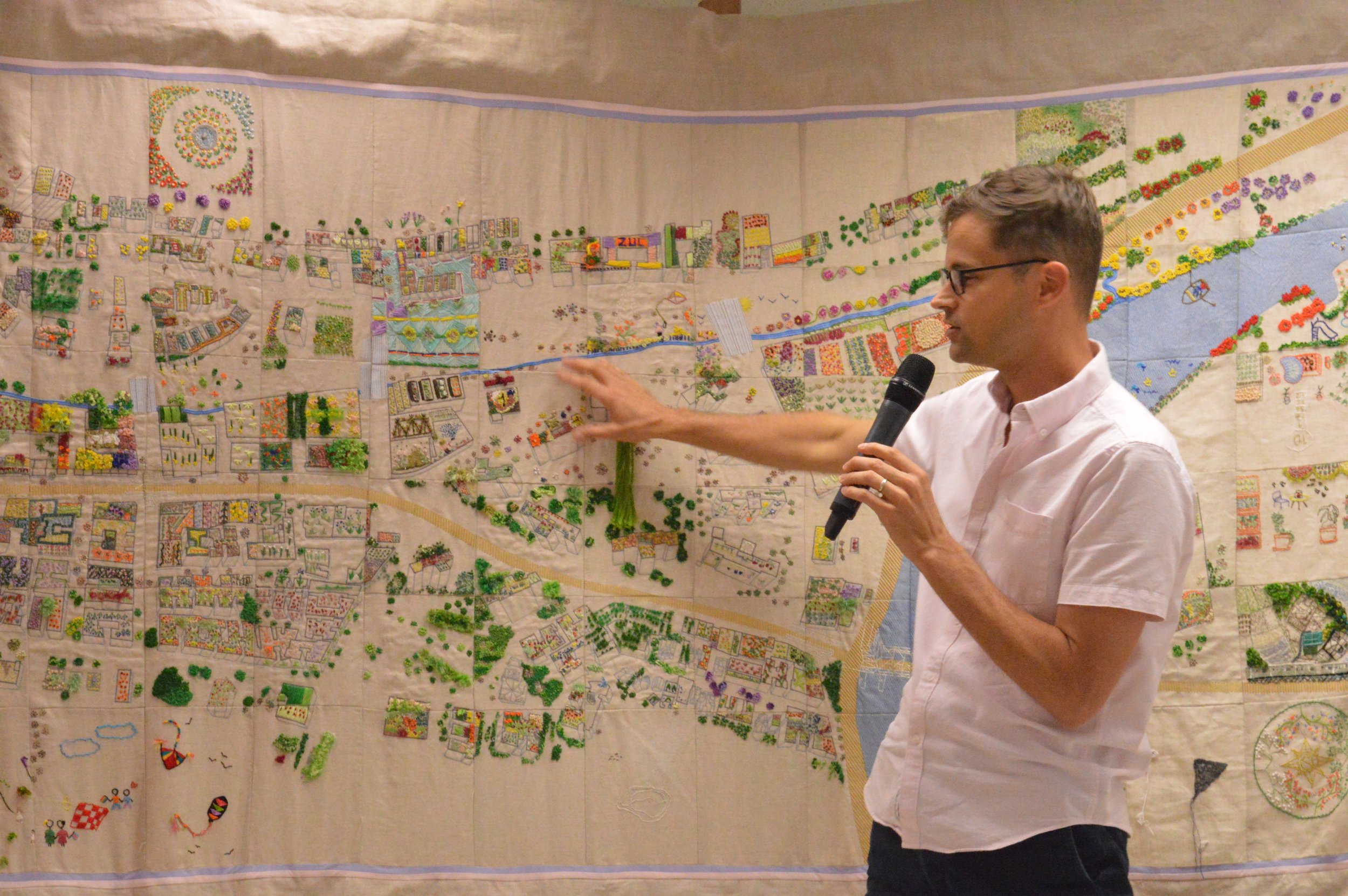

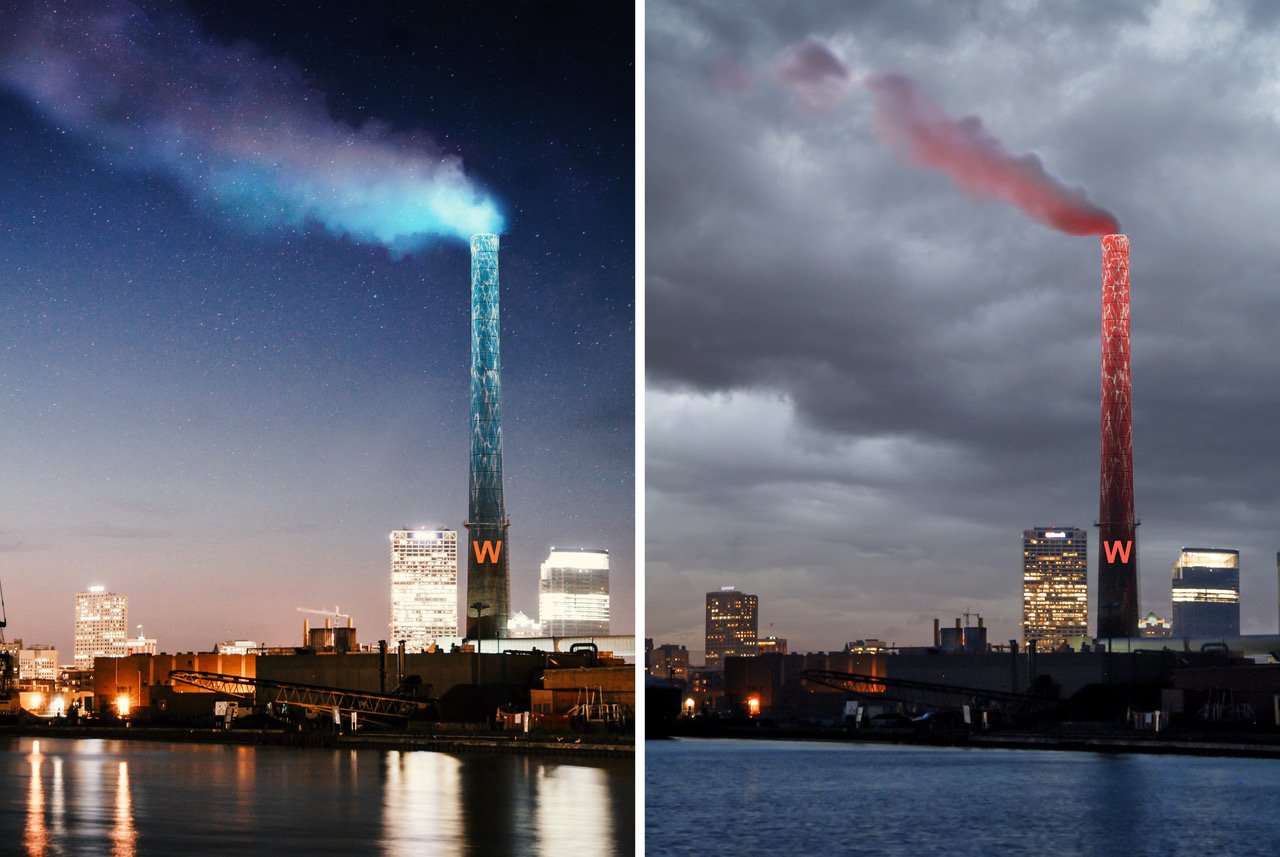
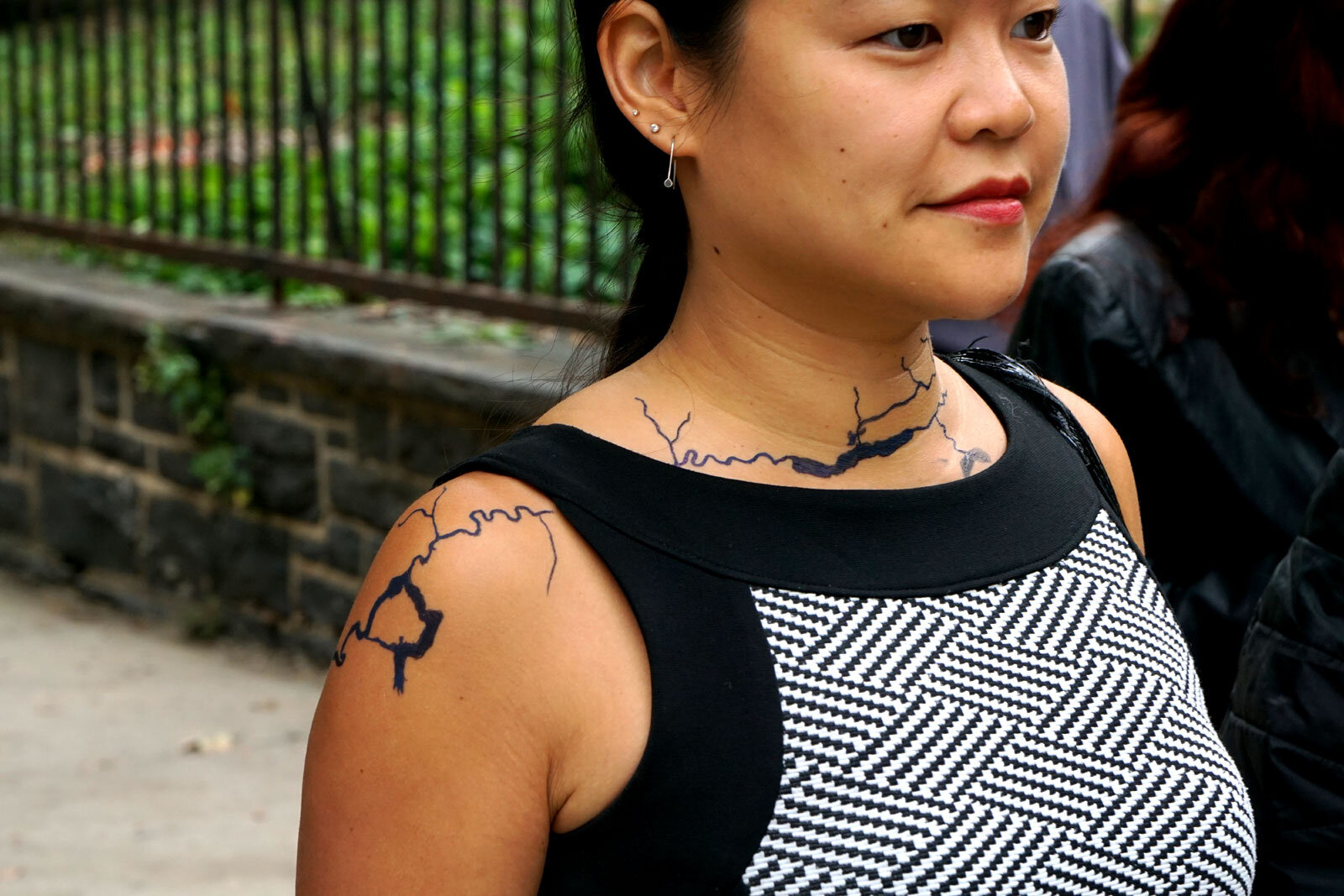
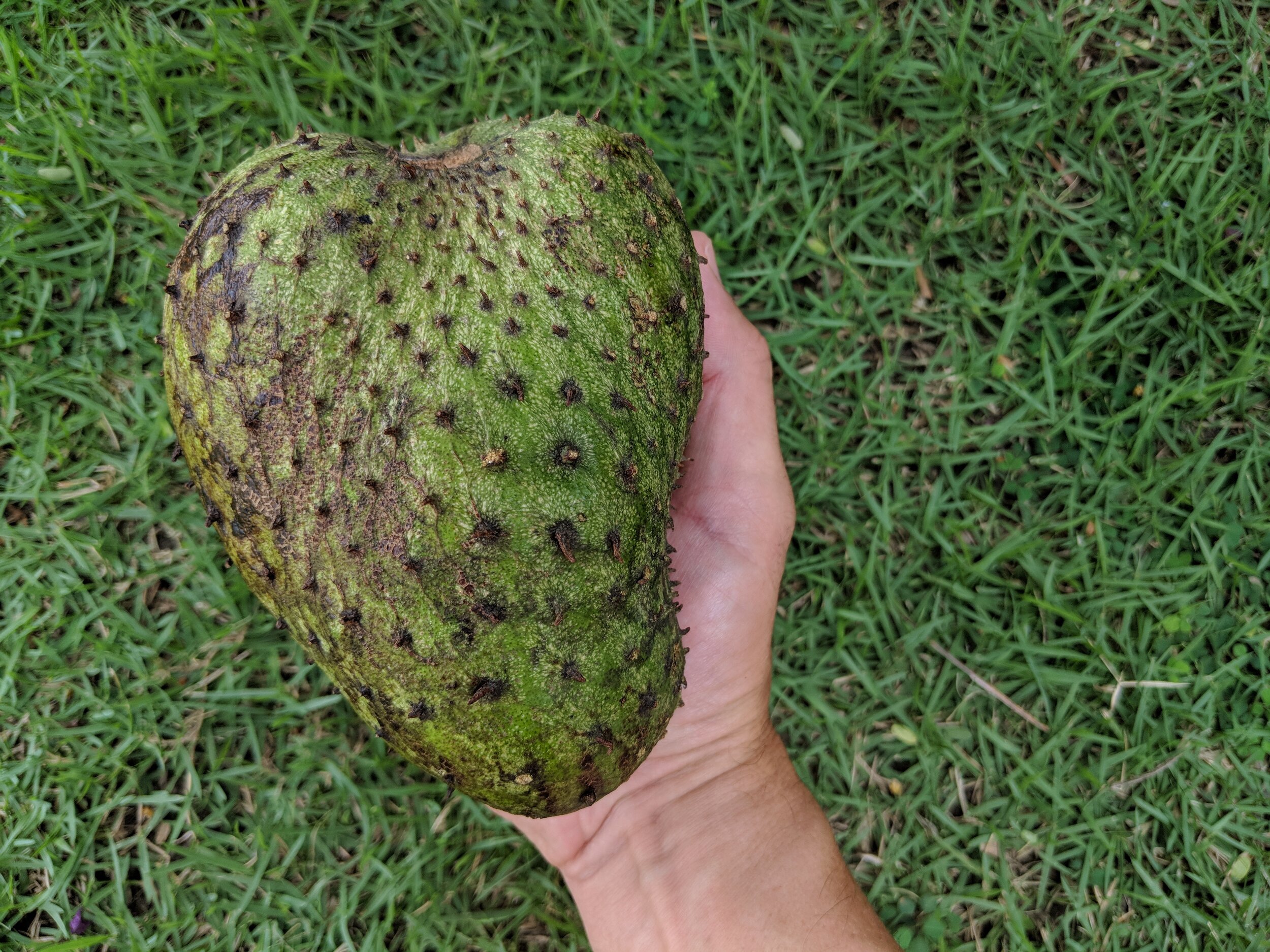
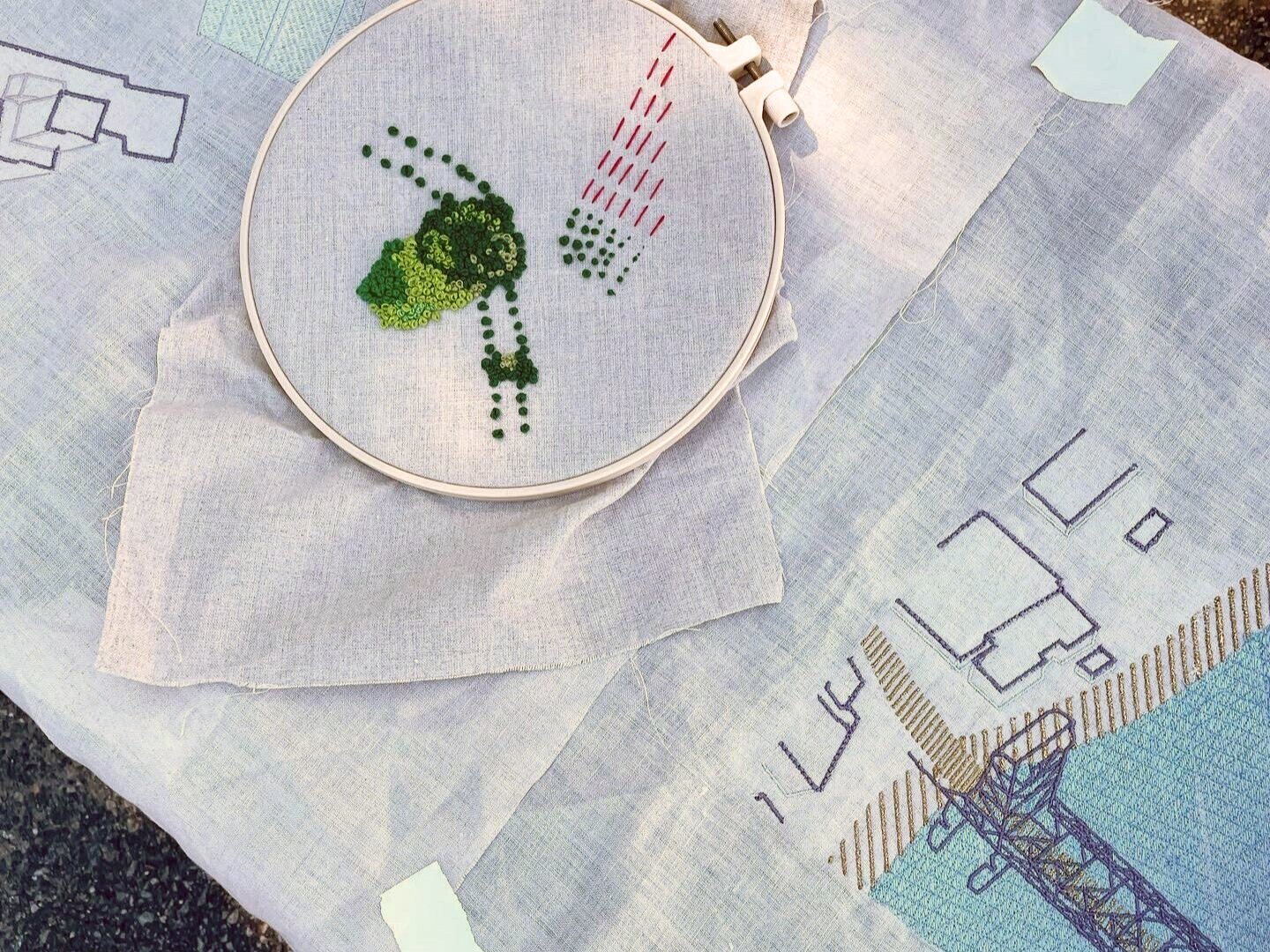
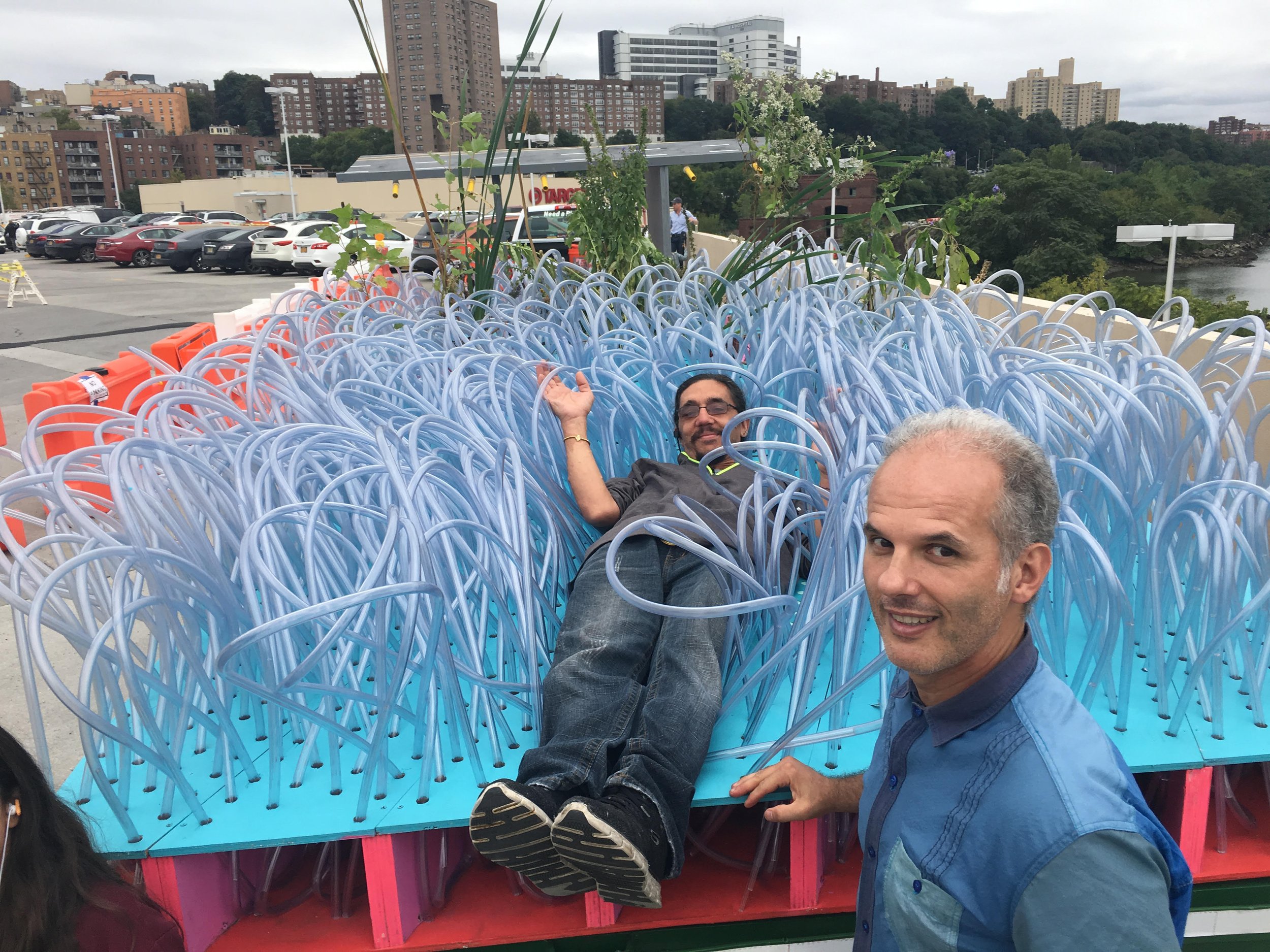
HIGHLIGHTS
Artists Cary Michael Robinson and Nicole Salimbene, along with environmental scientists and community organizers, facilitated a day of walking/talking/making along Watts Branch & Oxon Run streams and neighborhoods. This event served as an invitation to honor the power of water through creative expression, and to learn more about the flood risks and mitigation programs/actions to protect the community and the surrounding waterways in Ward 7 and Ward 8…
The Pedestrian Observations: Mapping Manhattan Chinatown’s Public Realm resource pamphlets are finally here! Please feel free to fill out the information below and we’ll happily send a copy your way!
Pedestrian Observations: Mapping Manhattan Chinatown’s Public Realm is currently on view in Columbus Park.
BROADWAY: 1000 Steps (B/CaLL) is a precedent project for CALL//City as Living Laboratory. Mary Miss initiated the project in 2013 to lay the groundwork for future CALL projects — projects that bring together artists, scientists, policymakers, and others to nurture collaboration and add a social and experiential dimension to research and planning.
BROADWAY: 1000 Steps activated twenty “hubs” dispersed along Broadway — New York City’s longest street — re-envisioning the street as a “Green Corridor.” Street-level installations investigated the numerous decisions, both small- and large-scale, that have and will shape the ecosystem. Revealing the vast network of systems vital to a sustainable city and clearly articulating the city’s sustainability goals…
INITIATIVES
100 years ago, Tibbetts Brook flowed through the Bronx wetlands, sustaining an enormous ecosystem on the edge of the booming industry of Manhattan. As the city progressed, Tibbetts Brook was paved over, and the fresh water was buried underground, re-routed into New York’s sewer system.
Through Rescuing Tibbetts Brook, a constellation of artist and designer- led initiatives in the Bronx, City as Living Laboratory is calling attention to the solution: unearthing this buried stream and channeling it along an abandoned railroad line directly into the Harlem River through a process called daylighting. This will allow the clean, fresh water of Tibbetts Brook to bypass the sewer system, collect excess rainwater, and create a beautiful new linear park with walking trails and bike paths that will join the new greenway planned to connect Van Cortlandt Park to the High Bridge…
WaterMarks is an initiative to develop an inclusive and urban-scaled vision for the city of Milwaukee, designed to help its citizens better understand their relationships to the water systems and infrastructure that support that support their lives. This is envisioned as a multi-layered framework that can be implemented over time.
The project intention is to develop a dispersed series of projects, designed to engage citizens in varying capacities throughout the city, and in their own communities…
CALL has been testing and developing artist-led projects that delve into the ecological, and cultural landscape of Chinatown. We’ve facilitated projects spearheaded by Asian-American artists and designers that address the pressing environmental challenges of a densely built urban community while celebrating its cultural heritage.
CALL’s projects have addressed topics ranging from its food systems, and traditional Chinese medicine to heat loss in century old housing. We continue to build relationships across diverse constituencies to develop innovative projects that raise awareness of the area’s environmental justice concerns and spur action to make Chinatown a more sustainable community...

